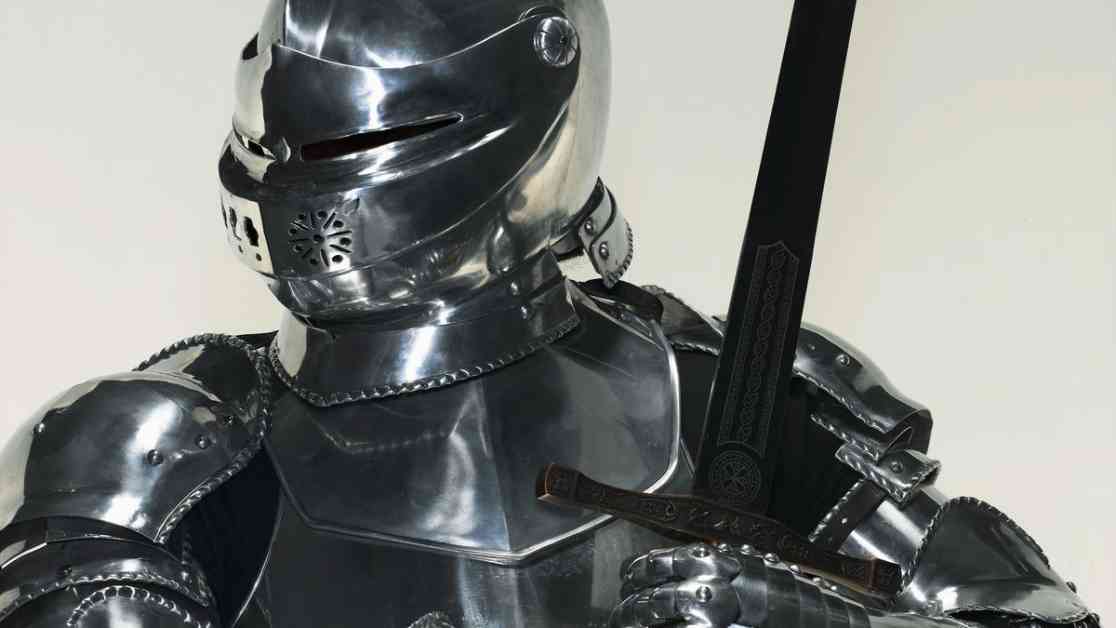Some suits of armor were created to impress rather than to protect, while others were essential tools used in battles where they were tested against swords, spears, and arrows. Armor has evolved over centuries to safeguard soldiers in battle, but it always involves a trade-off between mobility and defense, according to Barry Molloy, an archaeologist and ancient warfare expert at University College Dublin.
One of the oldest suits of armor is the Dendra armor, dating back 3,500 years to the Mycenaean era in southern Greece. Made of bronze plates tied together with leather straps, this armor provided extensive protection for warriors in battle. Another ancient suit of armor belonged to King Tutankhamun, the Egyptian boy king who died around 3,300 years ago. His leather armor, found in his tomb in the Valley of the Kings, featured thousands of small pieces of rawhide leather.
A unique “fish scale” armor from China, dating back 2,500 years, was discovered in the Yanghai cemetery on the edge of the Taklamakan Desert. This lightweight armor made of leather pieces inspired by fish scales was preserved due to the extremely dry desert environment. In Serbia, a 1,700-year-old Roman “lorica squamata” was found at the Timacum Minus archaeological site, indicating the use of different types of armor throughout history.
In Japan, samurai warriors wore the renowned “?-yoroi” armor, made from iron and leather panels adorned with lacquered designs. These suits of armor became prized family relics and symbolized the greatness of the samurai. Meanwhile, the warriors of Kiribati in the Pacific islands used fish and coconut matting as armor to protect themselves from weapons in ritual duels.
Ned Kelly’s armor from Australia may not be ancient, but it is authentic, showing the impact of 18 bullets on the armor worn by the notorious bushranger. Kelly and his gang devised the bulletproof armor from steel plow blades and wore them during a train robbery, giving them a psychological advantage during a shoot-out with the police.
These suits of armor from different parts of the world showcase the evolution and diversity of ancient battle armor, each with its unique design and purpose. From the elaborate bronze plates of the Mycenaean era to the practical leather armor of King Tutankhamun, each suit tells a story of the warriors who wore them and the battles they faced. The development of armor over centuries reflects the changing tactics and technologies of warfare, highlighting the ingenuity and resourcefulness of ancient civilizations in protecting their soldiers on the battlefield.










